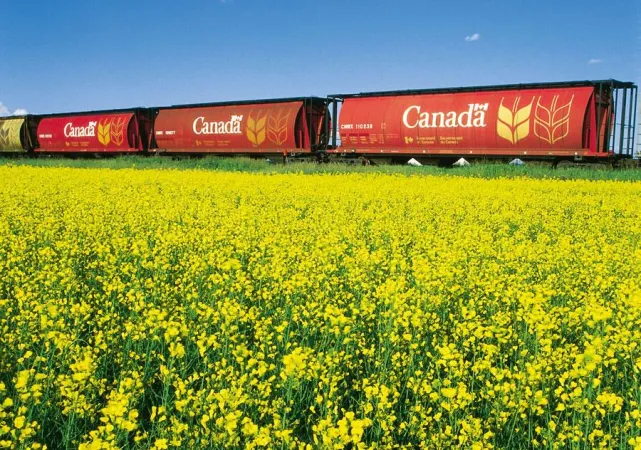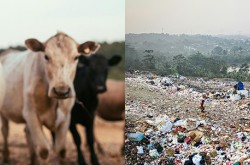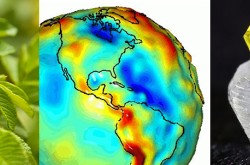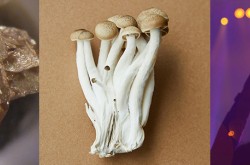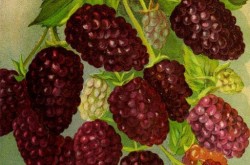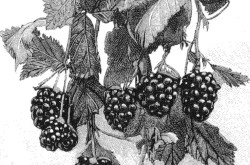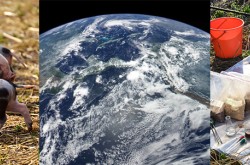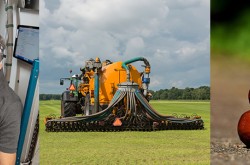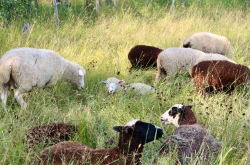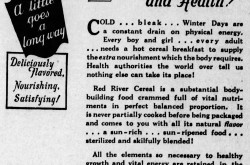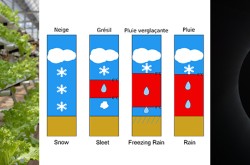Saving one of Canada’s most valuable natural resources
This article was originally written and submitted as part of a Canada 150 Project, the Innovation Storybook, to crowdsource stories of Canadian innovation with partners across Canada. The content has since been migrated to Ingenium’s Channel, a digital hub featuring curated content related to science, technology and innovation.
Canola is one of Canada’s most valuable natural resources and the most profitable commodity for Canadian farmers, and worth about $20 billion a year to Canada’s economy. But in the 1980’s, a disease called blackleg threatened to destroy Canada’s canola industry. Plant scientist, Gary Stringam’s innovative plant breeding research helped save Canada’s canola industry. Stringham’s plant breeding research at the University of Alberta resulted in the development of several new canola varieties, one of which was Quantum. Quantum was not only was resistant to blackleg disease it also produced high yields.
During Quantum’s first year of production, four Alberta producers more than tripled their yields using Quantum. The year after that, Quantum captured nearly 30% of Western Canada’s total canola acres. Quantum returns to Alberta producers from 1995 - 1998 have been estimated conservatively at $285 million. Today, the blackleg disease resistance gene Stringham discovered is found in most canola varieties.



